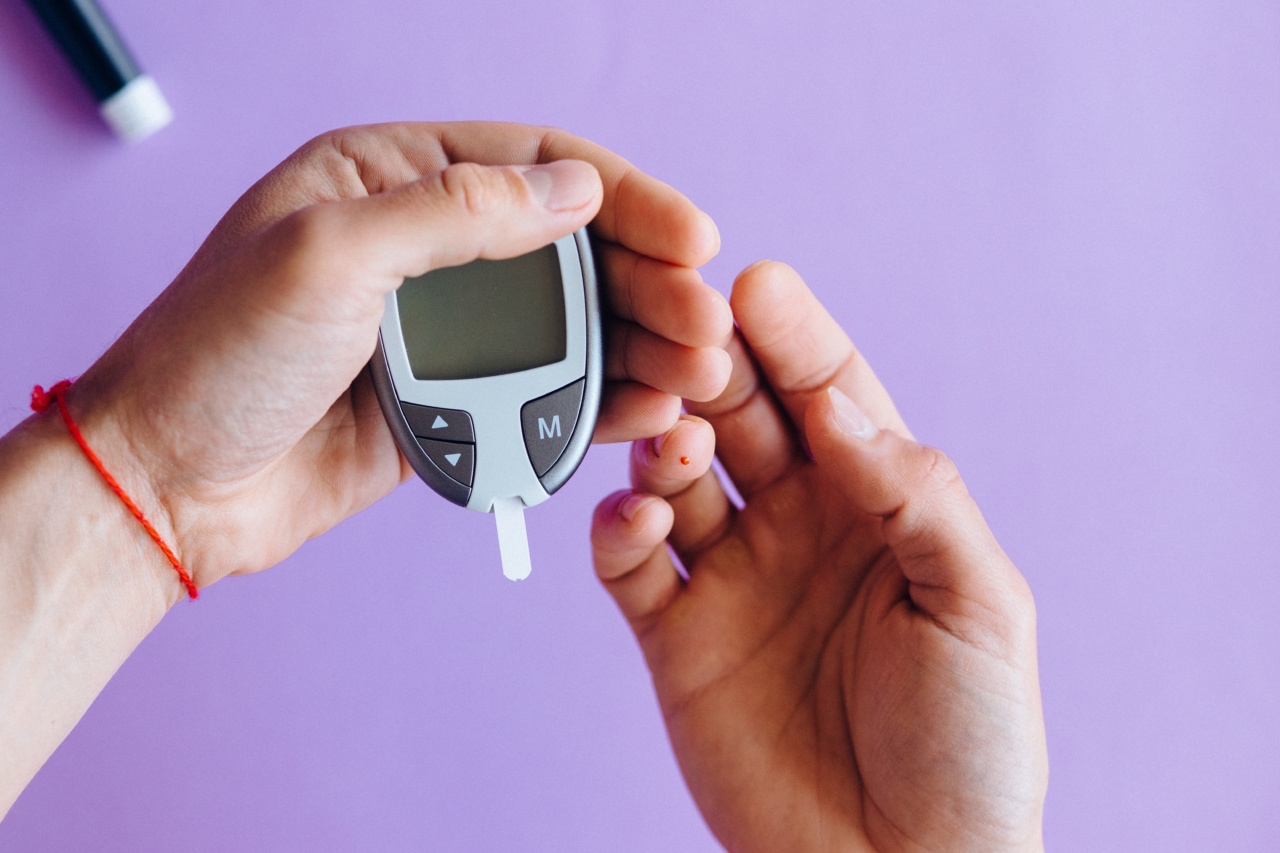Alzheimer’s disease affects millions of people around the world. It is a progressive disease that affects the brain, leading to memory loss, cognitive difficulties, and behavioral changes.
Currently, there is no cure for Alzheimer’s, and treatments are limited to slowing down the progression of the disease.
One of the biggest challenges in treating Alzheimer’s is detecting it early. Early diagnosis is crucial, as it gives patients and their families more time to plan and make adjustments to their lives.
It also enables medical professionals to start treatment earlier, potentially slowing down the progression of the disease.
Now, a groundbreaking new blood test is set to change the game when it comes to diagnosing Alzheimer’s.
What is the new blood test all about?
The new blood test is a significant breakthrough in the field of Alzheimer’s research. Known as the ‘Alzheimer’s Assay’, it works by detecting abnormal levels of amyloid and tau proteins in the blood.
These proteins are the hallmark of Alzheimer’s disease and are known to aggregate in the brain, leading to the formation of plaques and tangles.
The test was developed by researchers at the University of California, San Francisco, and is said to be able to detect Alzheimer’s up to 3.5 years before symptoms start to appear.
How does the test work?
The Alzheimer’s Assay works by using a combination of two assays that detect amyloid and tau proteins in the blood.
The first test uses an ultra-sensitive technique called ‘single molecule array’ (Simoa) to detect tiny amounts of amyloid protein in the blood. The second test measures levels of tau protein using a method called ‘enzyme-linked immunosorbent assay’ (ELISA).
The results of these tests are combined to provide a biomarker score, which is then used to predict the onset of Alzheimer’s disease.
The higher the biomarker score, the more likely it is that a person will develop Alzheimer’s disease in the future.
What are the advantages of the new blood test?
The Alzheimer’s Assay has several advantages over other diagnostic tools currently available for Alzheimer’s:.
- It is non-invasive: Unlike other diagnostic tools, such as PET scans or spinal taps, the Alzheimer’s Assay is a simple blood test that can be performed in a doctor’s office.
- It is highly accurate: The test has been shown to have a high level of accuracy in clinical trials, with a sensitivity and specificity of over 90%.
- It is affordable: The test is relatively inexpensive compared to other diagnostic tools, making it accessible to a wider range of people.
- It detects Alzheimer’s early: The ability to detect Alzheimer’s up to 3.5 years before symptoms appear gives patients and their families more time to prepare and plan for the future.
What are the implications of the new blood test?
The Alzheimer’s Assay has significant implications for both patients and healthcare providers.
Early and accurate diagnosis is crucial when it comes to treating Alzheimer’s disease, and the new blood test has the potential to improve diagnosis rates and ensure that patients receive early treatment.
The test could also be used to identify people who are at high risk of developing Alzheimer’s disease, allowing for early interventions and preventative measures to be put in place.
For example, individuals could be encouraged to make lifestyle changes that reduce their risk of developing the disease, such as increasing their physical activity, eating a healthy diet, and controlling their blood pressure and cholesterol levels.
When will the new blood test be available?
The Alzheimer’s Assay is currently undergoing clinical trials, and it will be some time before it is widely available to the public.
However, researchers believe that the test could be available within the next few years, pending approval by the U.S. Food and Drug Administration (FDA).
Overall, the new blood test is a major breakthrough in the field of Alzheimer’s research.
Early and accurate diagnosis is crucial when it comes to treating the disease, and the Alzheimer’s Assay has the potential to revolutionize the way that Alzheimer’s is diagnosed and treated.





























